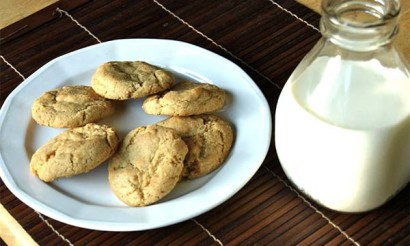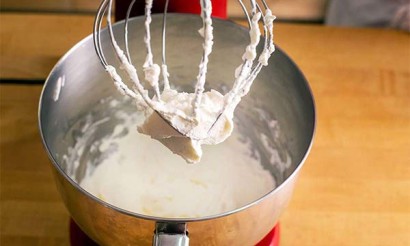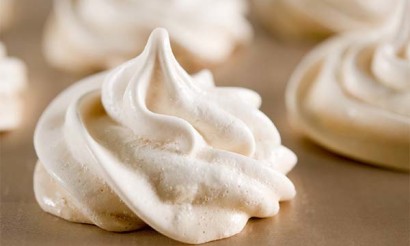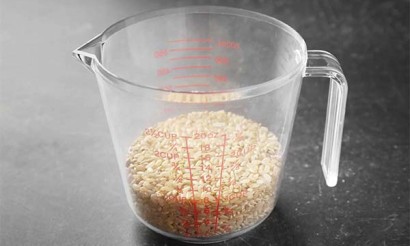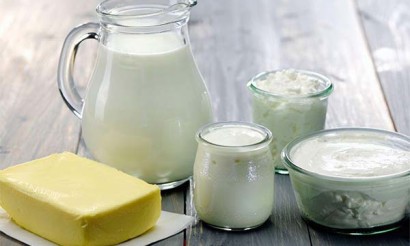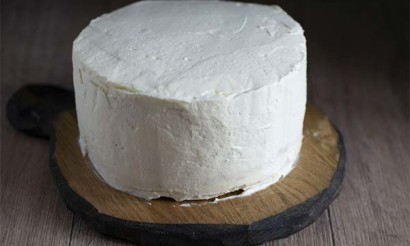How can you tell if the yeast dough has gone bad?
Prepared dough often comes in handy when you want to pamper your loved ones with something delicious or have to cook a lot before a family celebration. But you need to be careful not to let it go bad.
Signs of bad yeast dough
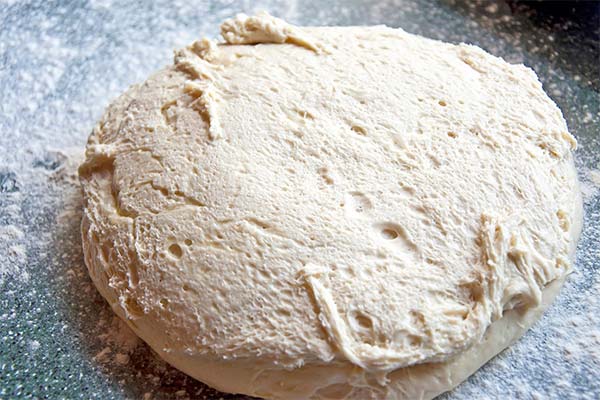
Often when yeast dough is taken out of the refrigerator, a strong smell of alcohol is felt. Many people are frightened, and think that the semi-finished product is tainted. However, this is a normal process of yeast. They process carbohydrates into water and alcohol. When there is no longer any medium left to feed, the yeast dies. The dough begins to fall, becomes more liquid, and becomes sticky to the hands. In such cases, it is said to be "over-fermented". It is unlikely to produce quality baked goods.
When the dough begins to be bitter, then it is spoiled for good. The only thing to do is to throw it away. There is no need to try to create any dish out of it.
If you can feel a musty smell, and on the surface of the semi-finished product appeared spots of mold, then the product is definitely rotten.
Is it possible to cook something out of spoiled product?
In most cases, the spoiled product has to be thrown away, because it is impossible to make something edible out of it. And the risk of harm to health is extremely high.
But if it is simply dried out, then you can try to remedy the situation. The crust that has formed on the surface, when stirred, can ruin the whole mass. It should first be tried to soften. To do this, the crust is sprinkled with warm water, smeared with oil and covered. After a while, if it has become soft, you can stir everything.
Sour dough will no longer rise, since the yeast in it has died. Products baked from such a product will be heavy, soggy, have a sour taste. But you can try to use it as a starter for a new knead.
Do not take unnecessary risks if the dough is out of date, but it still seems good. You can not only waste time, but also harm the health of those close to you. It is better to let such a product for the preparation of breadcrumbs.
How to store the dough properly
Often, after the right amount of baking is ready, unused dough remains. Throwing away the product on which effort and time have been spent is miserable. You can try to save it so that next time you can use a ready-made half-finished product. To do this is not difficult. You just need to strictly adhere to the rules.
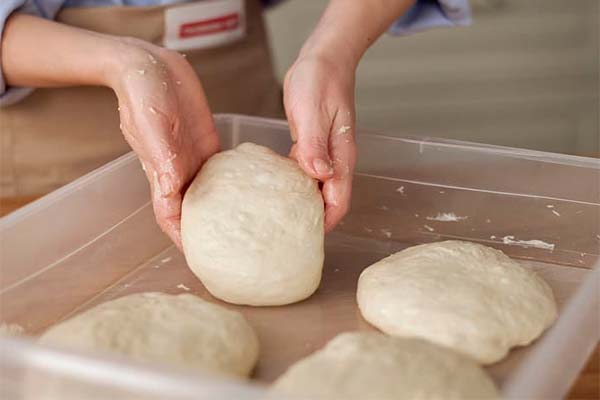
Timing and methods of storing dough depend on its type.
Yeast dough
Live yeast rapidly reduces the shelf life of such a product.
At room temperature after 3-4 hours, the dough can begin to sour. Therefore, if you plan to use it the next day, it is better to place the semi-finished product in the refrigerator. Before this, it is kneaded, sprinkled with flour and placed in a bag or container so that there is enough free space. Close the lid tightly is not recommended, so that the yeast fungus does not suffocate.
Nothing will happen to yeast dough in the freezer for 60-90 days.
Unleavened dough
Unleavened dough can be packaged hermetically. Before putting it in the refrigerator, it is worth dividing the product into individual portions. This will avoid repeated freezing, which will have a bad effect on the semi-finished product.
In chilled form, the shelf life is about 48 hours, in frozen - up to 1 month.
Sandy
Sandy chopped dough is not to be stored. Therefore, it should be used immediately after preparation.
But ordinary chopped dough can be frozen. So it will remain suitable for baking for three months. Chilled, however, it is advised to use no later than 36 hours.
«Important: All information on this website is provided for informational purposes only. purposes. Before applying any recommendations, please consult a specialist. specialist. Neither the editors nor the authors are liable for any possible harm caused by materials."

